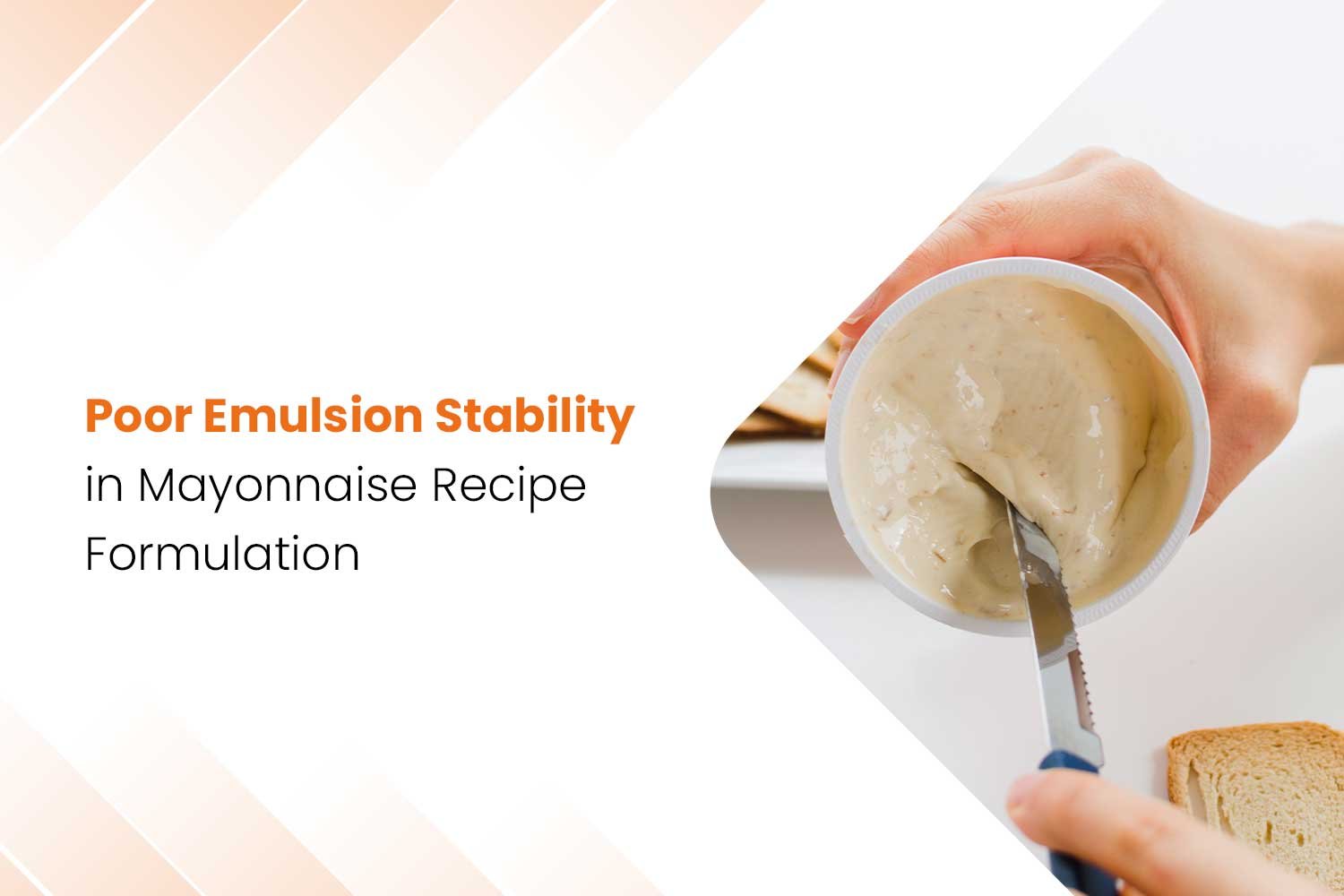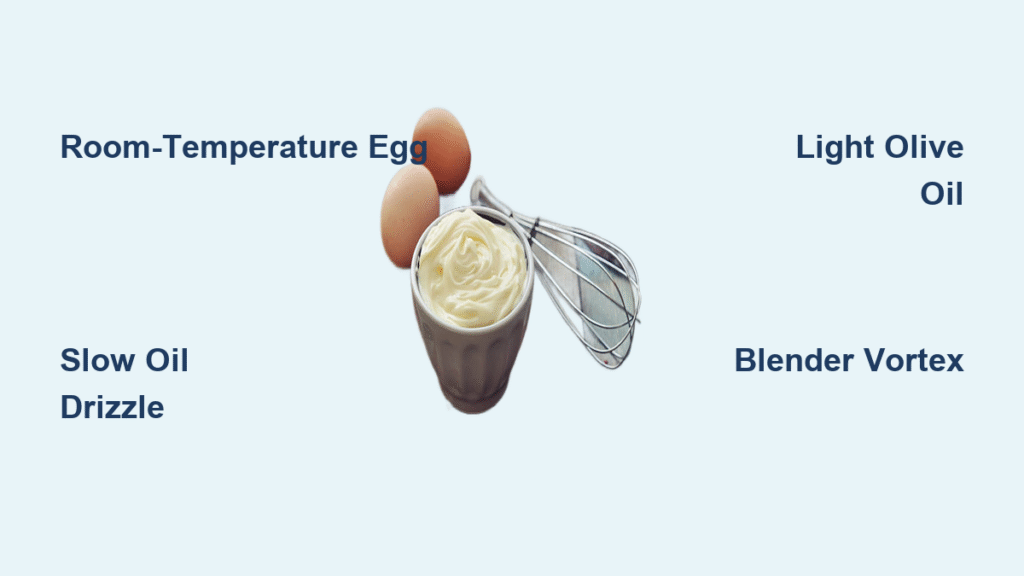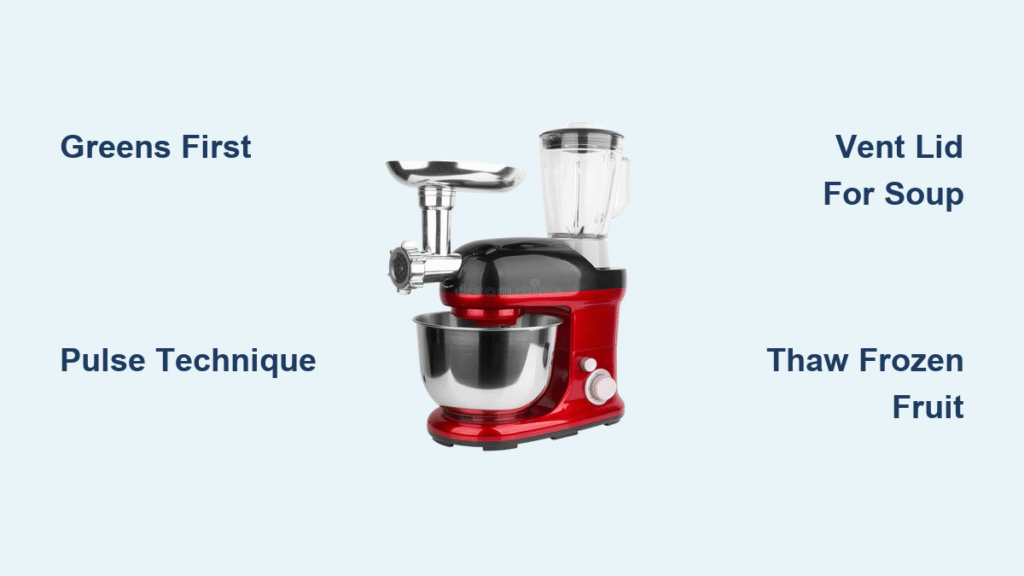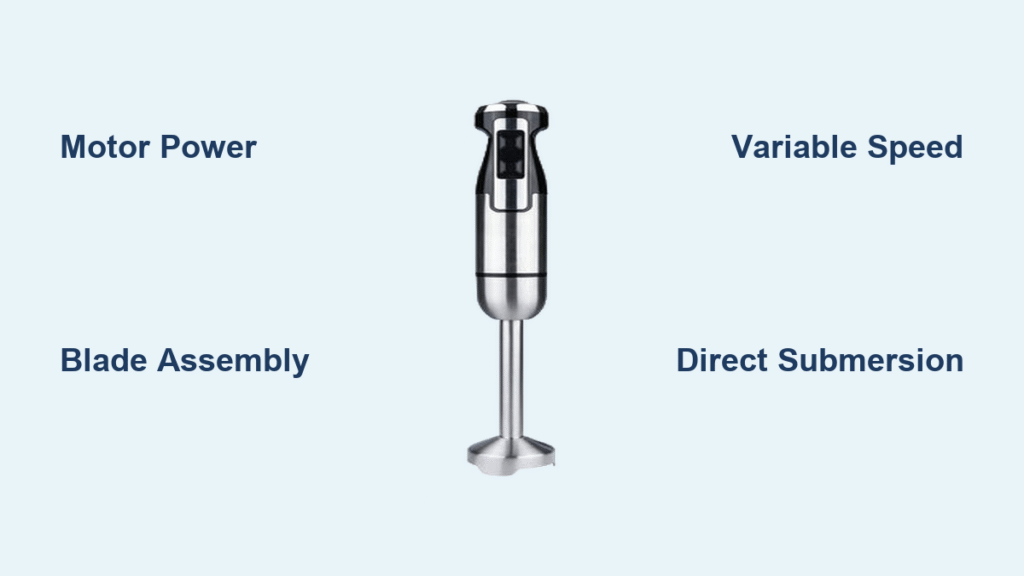Forget the arm fatigue of hand-whisking or the metallic aftertaste of store-bought jars. When you learn how to make mayonnaise in a blender, you’ll transform five simple ingredients into silky, preservative-free condiment in less time than it takes to drive to the grocery store. This method solves the emulsion nightmare that plagues traditional recipes—you’ll get restaurant-quality results without breaking a sweat or breaking the mayonnaise.
The secret lies in your blender’s vortex action, which creates a stable emulsion in minutes instead of the 20+ minutes of strenuous whisking. With just one room-temperature egg and a cup of oil, you’ll yield 1½ cups of creamy perfection ideal for sandwiches, dips, and dressings. You control every ingredient, skip unnecessary additives, and save money while achieving a texture store brands can’t replicate.
Why Your Blender Makes Perfect Mayonnaise Effortless
Blenders eliminate the two biggest pain points in traditional mayonnaise making: inconsistent emulsification and physical exhaustion. The high-speed blades create a powerful vortex that pulls oil into the egg mixture uniformly, preventing the separation that ruins hand-whisked batches. Unlike food processors that can overheat the mixture, blenders maintain optimal temperature control during the critical emulsification phase.
The Science Behind Unbreakable Emulsion
Your blender’s narrow container forces ingredients into a concentrated whirlpool, ensuring each oil droplet gets instantly coated by egg proteins. This creates microscopic droplets that stay suspended rather than pooling at the bottom. The key is maintaining this vortex throughout the oil drizzling process—any interruption causes immediate separation.
Time Savings You Can Actually Measure
While hand-whisking requires 20+ minutes of non-stop effort, the blender method clocks in at exactly 5 minutes. The initial blend takes 5 seconds, and the oil drizzling phase needs just 2-3 minutes of careful pouring. This efficiency makes fresh mayonnaise feasible for weeknight meals, not just special occasions.
Must-Have Ingredients for Foolproof Blender Mayo

Light Olive Oil vs. Extra Virgin: Flavor Survival Guide
Light olive oil is the only acceptable choice for this recipe—its neutral profile lets other ingredients shine without overpowering bitterness. Extra virgin olive oil will dominate with harsh, grassy notes that ruin delicate emulsions. The “light” designation refers to flavor intensity, not calorie content, so you get authentic olive oil benefits without flavor interference.
Room Temperature Egg: The Emulsion Game-Changer
Cold eggs cause immediate separation because their thickened proteins can’t properly bind with oil. Room temperature eggs have relaxed proteins that readily envelop oil droplets. If you forget to prep ahead, submerge the egg in warm (not hot) water for 5 minutes—this mimics room temperature without cooking the egg.
Equipment Setup for Quick Mayonnaise Success

Blender and Measuring Tools You Already Own
You only need three items: a standard high-speed blender (no special attachments required), measuring cups for oil division, and measuring spoons for precise vinegar and spice measurements. Skip the food processor—its wider bowl creates inconsistent vortex action that increases separation risk.
Pro Positioning for Zero-Mess Drizzling
Place your blender near your workspace with a clear path for drizzling. Have the ¾ cup oil in a pour-friendly container like a liquid measuring cup with spout. Keep the center cap removed but the main lid secured—this allows controlled oil entry while containing splatters.
Step-by-Step: Creating Mayonnaise in 5 Minutes Flat
Building the Flavor Base in Seconds
Combine ¼ cup light olive oil, 1 tablespoon apple cider vinegar, 1 large room-temperature egg, ½ teaspoon salt, ¼ teaspoon paprika, ¼ teaspoon dry mustard, and a dash of cayenne in your blender. Secure the lid and blend for exactly 5 seconds—any longer risks over-aerating the base mixture. This creates the stable foundation for oil incorporation.
Mastering the Oil Drizzle to Prevent Breakage
With the blender running at medium speed, remove the center cap and begin drizzling the remaining ¾ cup oil in the thinnest possible stream. This must take 2-3 minutes minimum—rushing causes instant separation. Watch for the emulsion turning opaque white around the 60-second mark, signaling successful oil integration. Stop immediately when the mixture thickens to pourable cream consistency.
Final Storage for Maximum Freshness
Transfer your blender mayonnaise to an airtight glass container immediately after blending. Store in the refrigerator where it will thicken slightly over 30 minutes. Properly stored, it maintains peak quality for immediate use in sandwiches or dressings.
Critical Pro Tips from the Recipe Notes

Temperature Hacks for Unbreakable Emulsion
Warm oil matches egg temperature—never use refrigerator-cold oil. If ingredients cool during prep, run warm water over the blender jar exterior for 10 seconds to gently reheat the mixture. Over-warmed ingredients cause rapid separation, so avoid direct heat sources during the drizzling phase.
Customizing Spice Without Ruining Your Batch
A “dash” of cayenne means 1/16 teaspoon—just a quick shake over the blender. Add spices during the initial 5-second blend so they distribute evenly. For milder batches, reduce paprika to ⅛ teaspoon; for extra tang, add ½ teaspoon lemon juice with the vinegar. Never adjust spices after emulsification—this breaks the mayonnaise.
Yield and Serving Information You Need
How Much This Recipe Makes and Storage Basics
This exact measurement yields 1½ cups (24 servings), with each 1-tablespoon serving containing 11 calories. Refrigerate immediately in glass containers to prevent plastic flavor transfer. The mayonnaise will thicken slightly when chilled but remains spreadable straight from the fridge.
Recognizing Perfect Mayonnaise Texture
Successful blender mayonnaise coats the back of a spoon thickly but still drips slowly. If too thin, your oil drizzle was too fast; if too thick, you over-blended after emulsification. Never add water to fix texture—start over with a new base mixture for guaranteed results.
Safety First: Egg Selection for Homemade Mayo
Why Organic, Cage-Free Eggs Reduce Risk
Organic, cage-free brown eggs have deeper orange yolks indicating higher nutrient density and lower salmonella risk due to better hen living conditions. Their thicker whites create more stable emulsions than conventional eggs. Always inspect eggs for cracks before use—any shell compromise increases contamination risk.
Critical Cleanliness Protocols
Wash blender parts thoroughly with hot, soapy water before starting—residual moisture or grease prevents proper emulsification. Use separate utensils for raw egg handling, and never return unused mayonnaise to the main batch. Discard any mixture left at room temperature longer than 30 minutes.
Final Note: Mastering how to make mayonnaise in a blender transforms a dreaded kitchen chore into a 5-minute victory. Your first batch will outperform store brands in texture and freshness, and the process becomes instinctive after just one attempt. Remember the golden rules: room-temperature ingredients, slow oil drizzling, and light olive oil. Once you experience the clean, bright flavor of homemade mayo, you’ll never settle for jarred versions again—your sandwiches, salads, and dipping sauces deserve this upgrade. Start with this foolproof method tonight and discover why chefs guard this blender secret closely.





